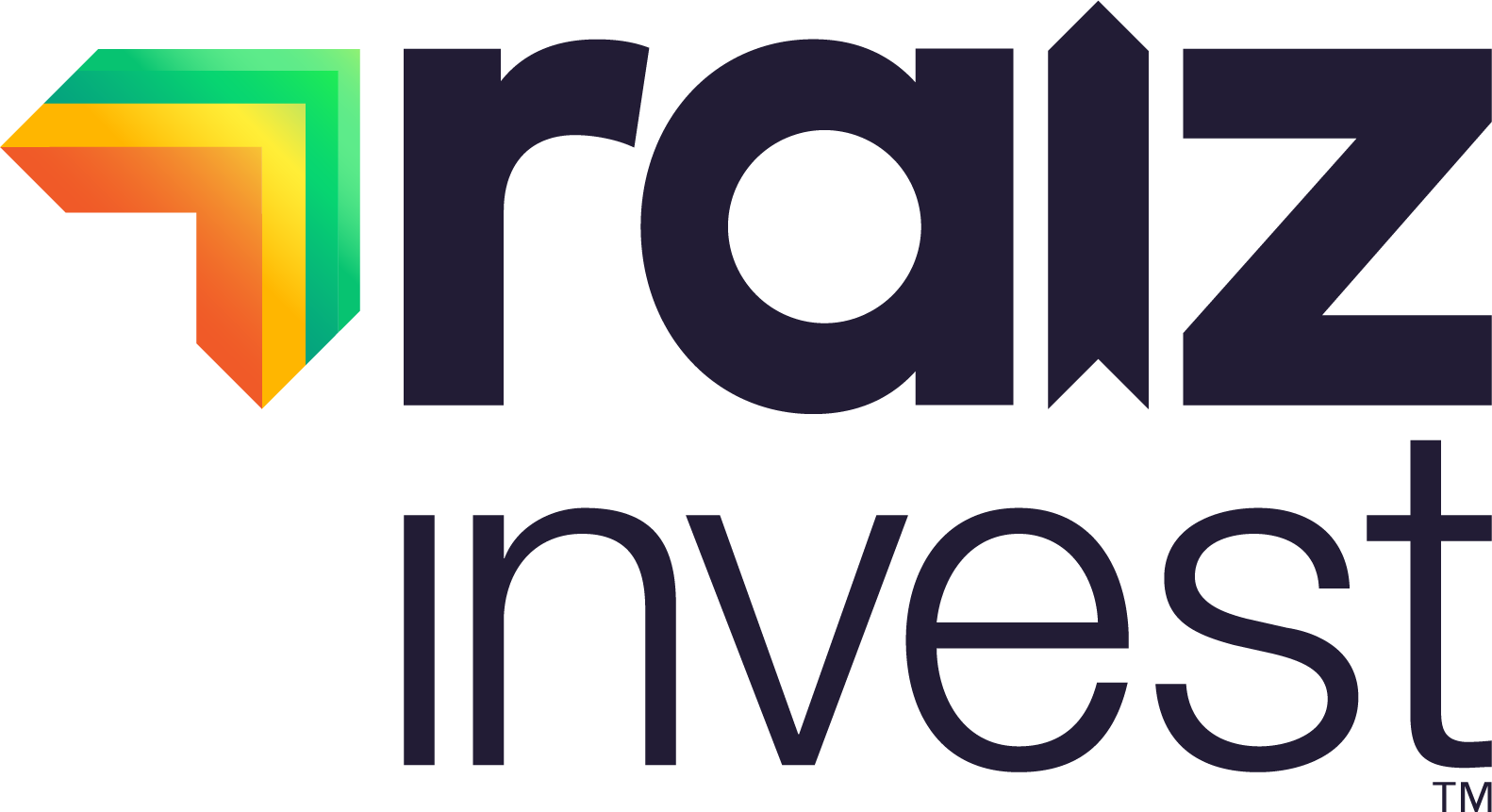Understanding Home Loan Interest Rates

Buying a home usually comes with a long-term debt commitment, requiring you to borrow between 70% to 95% of the property value to finance your home.
Your loan repayments are comprised of two parts: principal repayments and interest repayments. Your interest rate can affect your monthly or weekly repayments, making it vital to understand how they affect your mortgage.
What affects interest rates?
Interests rates often change as a result of the lender’s cost of funding and the Reserve Bank’s cash rates. If the reserve bank lowers the cash rate, then home loan interest rates should also fall.
Other factors also include the purpose of the loan. Is it an owner-occupied loan, which is obtained for the purpose of buying a home? Or is it an investment property loan taken out with the intent to rent out the property? Investment loans often have higher interest rates than owner-occupied loans.
Home loans also come with variable or fixed interest rates. If you have a fixed rate loan, your interest is locked-in for a period of time. By contrast, a variable rate changes over time.
Another option is agreeing to an interest-only repayment method where you only pay the interest on the loan for a period and not the principal. While this option has lower monthly repayments, you could end up paying more interest over the life of your loan.
Comparing Home Loans
When comparing interest rates and fees, the ‘Comparison Rate’ is the place you should start, which includes the basic costs associated with a home loan (such as set-up fees) as well as the interest rate. Lenders are required by law to display this, and it is an indicator of the true cost of a loan so you can easily compare it to other loans in the market. You should not be using the headline rates advertised for mortgages to compare mortgages from different Lenders.
Loan flexibility
One of the best tips when choosing a home loan is thinking about the flexibility it offers and how it caters to your own goals. When considering how much to deposit, the more capital you can inject straight into your loan the, faster your loan will be paid off and you will save a large amount of money in interest.
Lenders will generally take the view that you can’t afford your repayments if you can’t afford the deposit. Generally, lenders are looking for a deposit of at least 5%. But ideally you want to deposit closer to 30%, but 20% is acceptable. Furthermore, by depositing less than 20% you will probably need to pay for mortgage insurance. The purpose of this fee is to protect the lender in the event that you are unable to commit to the loan and the property is repossessed. The once only premium is usually between 1-3% of the amount borrowed, but is an avoidable fee.
A loan is a long-term commitment, so you also need to consider its flexibility as your life changes. You’ll want to think about refinancing down the track as other lenders may provide lower interest rates and rewards for refinancing with them. For example, one-off payments to you simply for refinancing to their business. No frills loans also give you more flexibility in the event that you move houses, borrow some money for renovations or investments, or if you need to reduce your repayments because of other expenses you have at a given point, such as school expenses for your children.
Offset accounts
These are savings accounts which are linked to your loan account. The benefit of them is that instead of receiving interest on your funds like a regular savings account (on which you would have to pay tax), the interest you earn is credited against the interest being charged on your home loan. This can reduce the interest paid on the home loan has the potential to reduce the term by several years. Keep in mind that lender will often charge a slightly higher interest rate on your loan if you use an offset account, so if you don’t intend to take advantage of its benefits, you’re probably better off not using one and getting a lower rate.
This may all sound complicated, so you should talk to a professional and discuss the issues above with them. Like everything in finance, you should try and keep it as simple and understandable as possible to suit your lifestyle.
Don’t have the Raiz App?
Download it for free in the App store or the Webapp below:
Important Information
The information on this website is general advice only. This means it does not take into account any person’s particular investment objectives, financial situation or investment needs. If you are an investor, you should consult your licensed adviser before acting on any information contained in this article to fully understand the benefits and risk associated with the product.
A Product Disclosure Statement for Raiz Invest and/or Raiz Invest Super are available on the Raiz Invest website and App. A person must read and consider the Product Disclosure Statement in deciding whether, or not, to acquire and continue to hold interests in the product. The risks of investing in this product are fully set out in the Product Disclosure Statement and include the risks that would ordinarily apply to investing.
The information may be based on assumptions or market conditions which change without notice. This could impact the accuracy of the information.
Under no circumstances is the information to be used by, or presented to, a person for the purposes of deciding about investing in Raiz Invest or Raiz Invest Super.
Past return performance of the Raiz products should not be relied on for making a decision to invest in a Raiz product and is not a good predictor of future performance.




